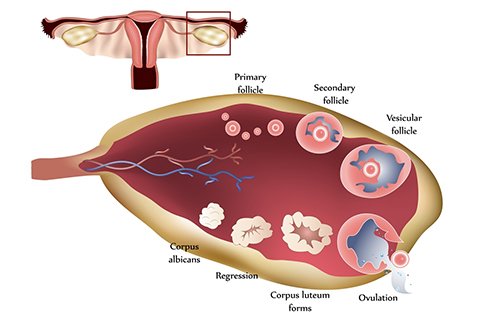
IVF is the union of an egg and sperm in artificial conditions in a laboratory. The union of an egg and sperm results in the formation of an embryo. The embryo is transferred to the uterus which if accepted results in a pregnancy. This process of IVF is done in conjunction with fertility drugs along with monitoring of hormone levels…

Donor sperms are offered when a husband has azoospermia/ poor semen parameters. It is also an option for single women and lesbian couples. The sample is carefully selected, tested for infections and matched with husband profile. The sperm is injected slowly with the help of the catheter into the uterus of the intended mother through the cervix. Once the insemination…

IUI is a process whereby washed sperms are placed into a woman’s uterus. The aim of IUI is to place more sperms into the uterus (i.e. closer to the tubes ) around the time of ovulation.The hoped-for outcome of intrauterine insemination is for the sperm to swim into the fallopian tube and fertilize a waiting egg, resulting in a normal…

Hormones under the control of the hypothalamus, the pituitary gland, and the ovaries regulate the female reproductive cycle. If this basic control system does not work correctly, ovulation will be disturbed or absent. Ovulatory disorders are characterized by anovulation (complete failure to ovulate) or infrequent and/or irregular ovulation (eg PCOS). Ovulation induction/ Ovulation augmentation involves the use of medication to…





